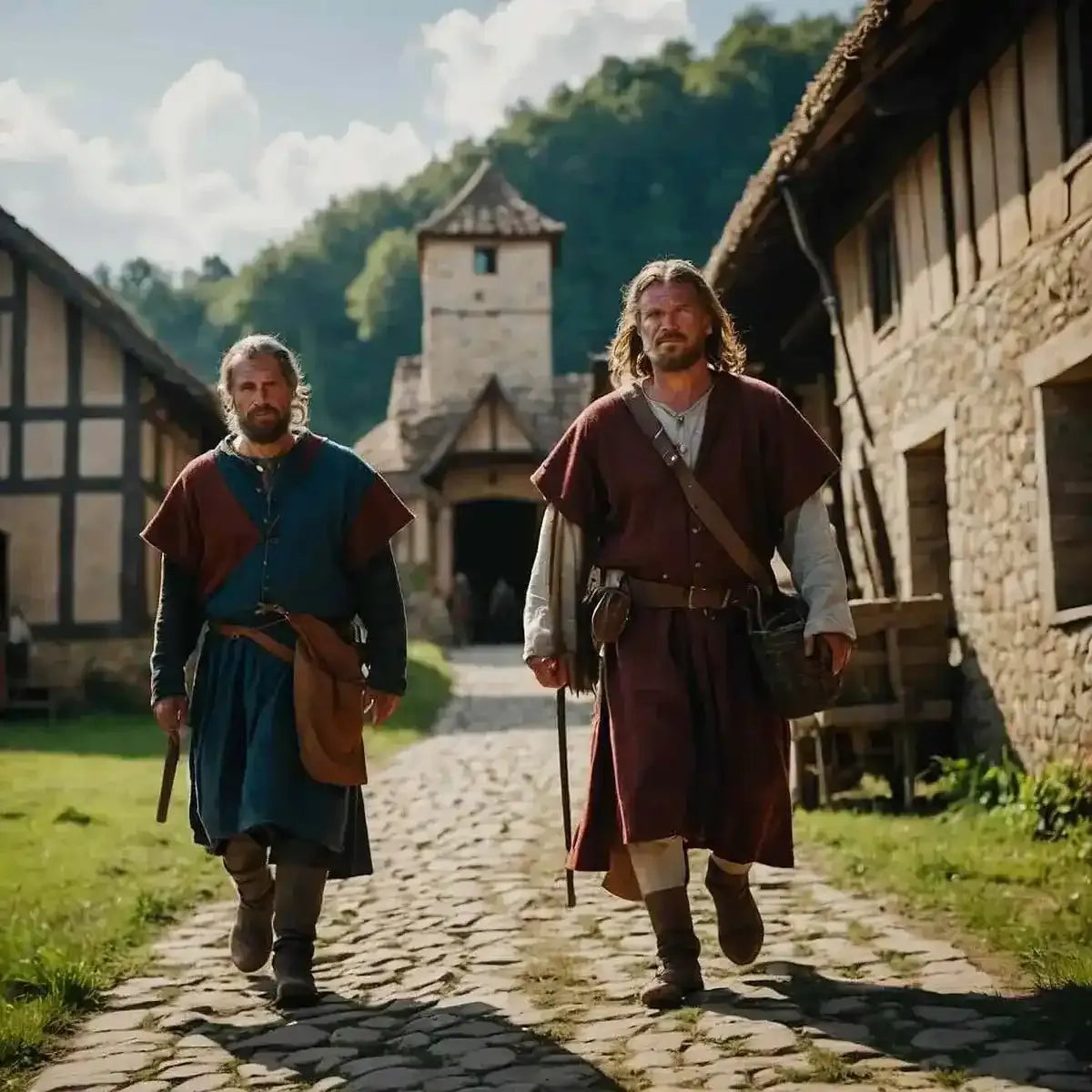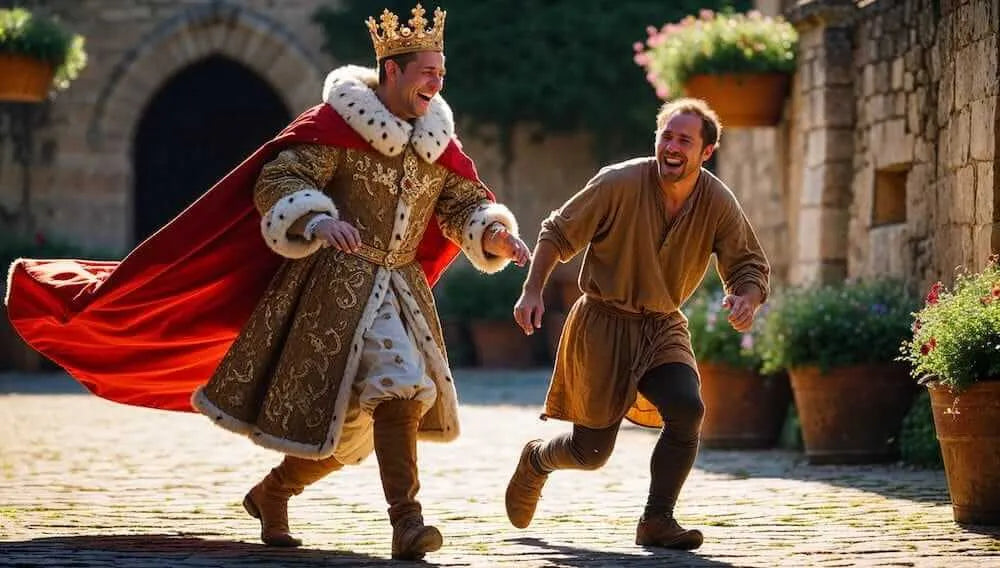
Renaissance Dress: A Journey Through Time and Fashion for Women
The Renaissance era, spanning from the 14th to the 17th century, was a time of unprecedented creativity, learning, and growth in the arts and sciences. During this period, fashion and clothing underwent a significant transformation, particularly for women. In this article, we will explore the various types of Renaissance dresses and costumes for women and how they evolved throughout the period.
Introduction to Renaissance Dress
Renaissance clothing for women was characterized by intricate detailing, luxurious fabrics, and an emphasis on showcasing the female form. The most significant changes in women's fashion during this era were the introduction of the farthingale (a hoop skirt), the ruff (a frilled collar), and the corset, which shaped and supported the upper body. These key elements would become cornerstones of women's fashion for centuries to come.
The Early Renaissance Period (14th-15th Century)
The early Renaissance period saw a shift from the more simplistic, draped styles of the Middle Ages to more structured and fitted garments. Some popular styles of the time included:
- Houppelande: A long, flowing gown with wide sleeves, often lined with fur or expensive fabrics. This style was worn over a kirtle or chemise.
- Cotehardie: A tight-fitting, long-sleeved gown with a full skirt, typically buttoned down the front or laced up the back.
- Sideless surcote: A sleeveless, long gown with open sides, worn over a kirtle or chemise to showcase the rich fabric and embroidery.
Fabrics used in this period included silk, velvet, and wool, and were often embellished with intricate embroidery, pearls, and precious stones.
The High Renaissance Period (15th-16th Century)
The High Renaissance period saw the introduction of new styles and the refining of earlier ones. Some notable fashion trends of this time included:
- Farthingale: A cone-shaped, hoop skirt made of whalebone or stiffened fabric, which gave the skirt a more voluminous and structured appearance.
- Ruff: A high, frilled collar made of linen or lace, worn by both men and women. Ruffs could be simple or elaborately decorated, depending on the wearer's social status.
- Partlet: A sheer or opaque covering for the chest and shoulders, worn over the bodice and under the ruff.
Colors and patterns were also more diverse during this period, with rich hues like crimson, gold, and deep blue becoming popular, along with elaborate brocades and damasks.
The Late Renaissance Period (16th-17th Century)
As the Renaissance era progressed, women's fashion became even more extravagant and complex. Some key elements of Late Renaissance fashion included:
- Corset: A stiff, boned garment worn to shape and support the upper body, creating the desired hourglass silhouette.
-
Bum roll: A padded,
crescent-shaped cushion worn around the waist to enhance the hips and create a more exaggerated silhouette.
- Wheel farthingale: An evolution of the earlier farthingale, this style featured a larger, wheel-like hoop skirt that extended horizontally from the waist, creating a distinct, flat-fronted shape.
Renaissance Faire Costumes for Women
In modern times, Renaissance fairs and festivals provide an opportunity for individuals to dress up and celebrate the fashion and culture of this fascinating historical period. Women's Renaissance faire costumes often combine elements from various stages of the era, allowing for a diverse range of styles and interpretations. Some popular choices include:
- Noblewomen: Rich fabrics, elaborate embroidery, and intricate detailing characterize these costumes. They often include corsets, farthingales, and ruffs to emulate the fashions of the high and late Renaissance.
- Peasant women: These costumes typically feature simpler fabrics, such as cotton or linen, with more modest cuts and minimal embellishments. Common elements include chemises, bodices, and full skirts, often with aprons or sashes to add a touch of color and detail.
- Gypsies and fortune tellers: Drawing inspiration from the more bohemian side of the Renaissance, these costumes often include layered skirts, vibrant colors, and eclectic accessories, such as coin belts or beaded jewelry.
Regardless of the specific style chosen, women's Renaissance costumes provide an opportunity to explore and celebrate the rich history and fashion of this influential era.
Conclusion
The Renaissance era was a time of immense change and innovation in many aspects of society, and fashion was no exception. Women's clothing evolved dramatically throughout this period, with new styles, fabrics, and silhouettes shaping the course of fashion history. Today, the legacy of Renaissance fashion continues to captivate and inspire, as evident in the popularity of Renaissance fairs and festivals. By donning these intricate and historically significant garments, modern women can appreciate the artistry and craftsmanship that defined this remarkable period in time and celebrate the enduring impact of Renaissance fashion on the world of style.


